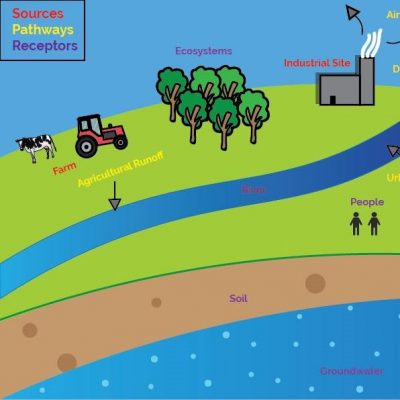Energy Demand
There has been an almost exponential growth in the demand for energy over the last 50 years. Which is matched by predictions for future energy demands over the next 50 years. Especially in rapidly developing countries such as China, India and Brazil. Therefore, a range of International and European policies have been developed. Which promote the production of renewable energy. This is to help reduce emissions of greenhouse gases (GHG). Namely carbon dioxide, methane, nitrous oxide and sulphur hexafluoride.
The UK Government is committed to meeting targets for increasing the proportion of UK energy to be produced by renewable sources. The 2008 Climate Change Act committing the UK to reducing its carbon emissions by 80% in 2050 from the 1990 levels.
The Feed-in Tariff Scheme
The Feed-in Tariff Scheme (FITs) has formed one of the measures to meet these objectives. However, it has exceeded all renewable energy deployment expectations. According to the government consultation report published in August 2015 (click here). The scheme has already met its projections for deployment of anaerobic digestion, wind and hydropower. It expects to hit projected deployment ranges for solar PV by the end of 2015/16. The 2010 Impact Assessment on the Feed-in Tariff projected a total of 750,000 installations by 2020. However, by the end of July 2015, over 730,000 had been granted permission and/or constructed.
Subsidies paid for low-carbon energy generation (i.e. FITs) are paid through additions to consumer bills. Therefore, the UK Government are proposing measures to improve bill payer value for money. Also to limit the effects on consumers who ultimately pay for renewable energy allowance.
In order to do this, the UK Government are proposing to limit the amount of money paid to home owners and businesses producing electricity. From roof-top solar small scale wind turbines from January 2016. Under the new proposals, the amount to be paid from next year will fall to 1.63 p per kilowatt hour. From a current level of 12.92 p for a new residential solar system.
The consultation report suggests that the proposed new tariffs have been determined in accordance with evidence collected from industry contacts and key stakeholders. It is based on current and projected technology improvements. The report states “evidence suggests that there have been significant reductions in technology deployment costs, beyond 50% in certain tariff bands, contributing to a more sustainable, cost-effective future for renewables deployment.” Announcing these changes, Energy and Climate Change Secretary Amber Rudd said: “Our support has driven down the cost of renewable energy significantly. As costs continue to fall it becomes easier for parts of the renewables industry to survive without subsidies.”
We provide a range of Environmental Services: Find out More





